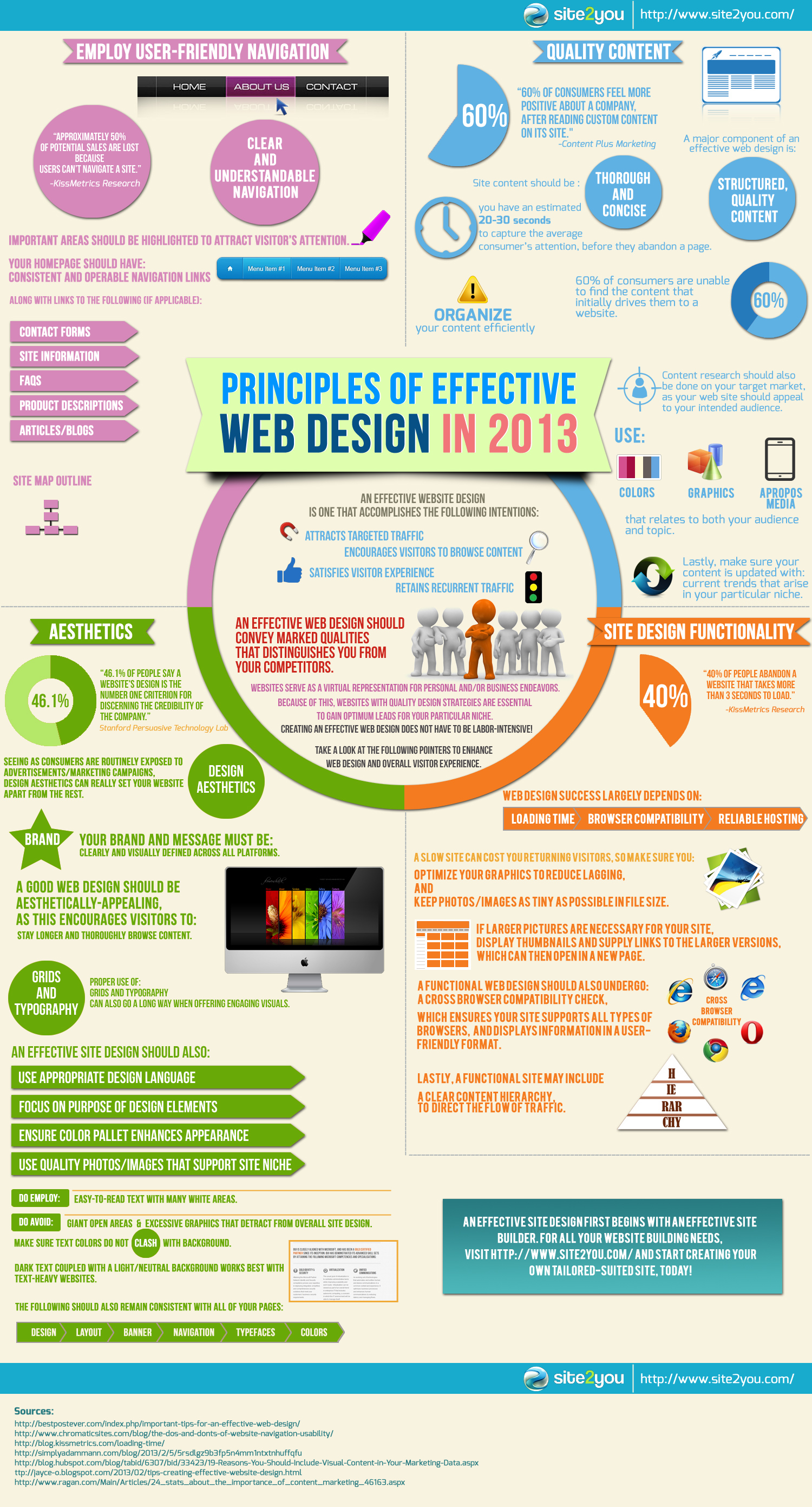The Advancement Of Site Layout: From Earlier Times To Currently
The Advancement Of Site Layout: From Earlier Times To Currently
Blog Article
Published By-Hartley Lunde
In the past, internet sites were basic and focused on information. Navigation was direct, and layout was for desktops. Now, customer experience is crucial. Information overviews layouts for easy navigation. Responsive designs match various devices. Today, dark setting minimizes strain, and minimal food selections boost navigating. Interactive functions engage users, and vibrant visuals stand apart. AI integration enhances interaction. See how design has evolved to boost your online journey.
Early Days of Website Design
In the very early days of web design, simplicity preponderated. Internet sites were basic, with minimal shades, font styles, and formats. The emphasis got on providing details instead of showy visuals. https://beckettojdxs.dbblog.net/58598437/increase-your-web-site-s-internet-search-engine-rankings-and-develop-a-strong-online-existence-with-our-specialist-web-design-strategies-tailored-to-take-full-advantage-of-search-engine-optimization-success accessed the net with slow-moving dial-up connections, so rate and functionality were crucial.
Navigating food selections were straightforward, typically situated on top or side of the page. Web sites were developed for computer, as mobile surfing wasn't yet common. Content was king, and developers focused on simple readability over complex design components.
HTML was the primary coding language used, and developers had to work within its restrictions. Computer animations and interactive attributes were minimal compared to today's criteria. Sites were fixed, with little dynamic material or personalized user experiences.
Surge of User-Focused Layout
With the advancement of web site style, a change towards user-focused style principles has ended up being significantly noticeable. Today, creating websites that focus on individual experience is essential for involving visitors and accomplishing company objectives. User-focused design includes understanding the demands, preferences, and habits of your target audience to tailor the website's layout, web content, and includes as necessary.
Developers now perform thorough research, such as customer studies and functionality screening, to collect insights and responses straight from individuals. This data-driven approach helps in producing instinctive navigation, clear calls-to-action, and aesthetically enticing interfaces that resonate with visitors. By placing the individual at the center of the design process, internet sites can deliver a much more customized and delightful experience.
Receptive design has actually likewise emerged as a vital aspect of user-focused design, making sure that internet sites are optimized for different tools and display sizes. This versatility enhances ease of access and use, satisfying the varied ways individuals communicate with internet sites today. In essence, the surge of user-focused layout symbolizes a shift in the direction of producing digital experiences that prioritize the needs and assumptions of the end individual.
Modern Trends in Website Design
Discover the latest fads forming website design today. One noticeable trend is dark setting layout, offering a streamlined and contemporary look while minimizing eye strain in low-light atmospheres. One more vital pattern is minimal navigation, streamlining menus and boosting user experience by concentrating on essential elements. Including micro-interactions, such as animated switches or scrolling results, can produce a more interesting and interactive website. Receptive style remains crucial, making sure seamless user experiences across numerous devices. In addition, making use of bold typography and unbalanced formats can include aesthetic passion and accentuate particular web content.
Integrating AI modern technology, like chatbots for customer assistance or personalized recommendations, boosts customer interaction and improves procedures. Access has also come to be a substantial trend, with designers prioritizing inclusive layout practices to accommodate diverse customer needs. Welcoming website aa compliant by optimizing web site efficiency for rate and efficiency is an additional arising pattern in website design. Collaborating with individual feedback and data analytics to iterate and improve style continually is necessary for remaining relevant in the ever-evolving digital landscape. By accepting these modern-day fads, you can create an aesthetically attractive, easy to use website that reverberates with your audience.
Final thought
As you review the advancement of web site layout from the very early days to currently, you can see just how user-focused style has actually come to be the driving force behind modern-day patterns.
Accept the journey of adjustment and adjustment in website design, constantly maintaining the individual experience at the leading edge.
Stay present with the latest trends and technologies, and never ever quit evolving your approach to produce visually magnificent and user-friendly sites.
Evolve, adapt, and create - the future of website design is in your hands.
